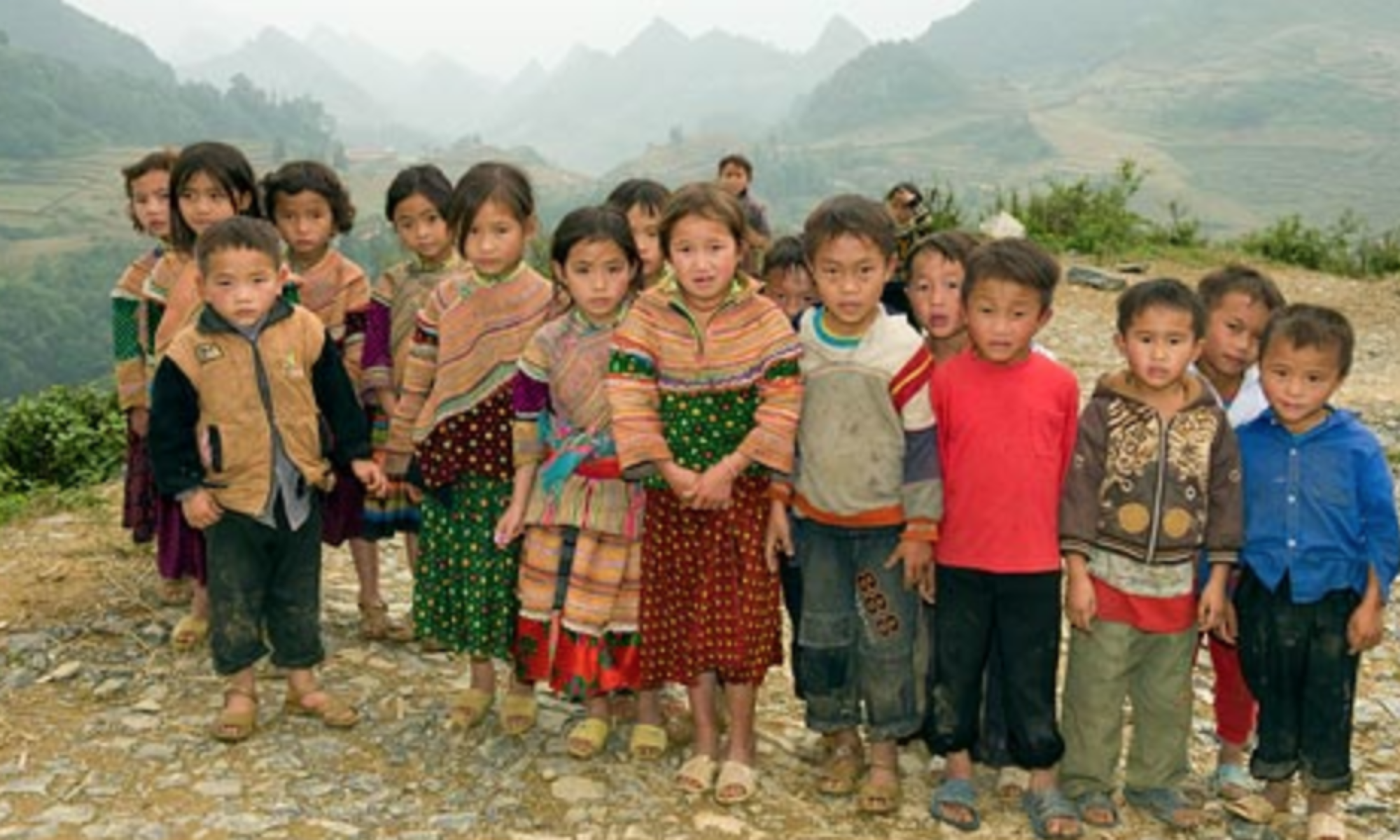Chapters 9-14:
- When Lia was returned from Foster home, the Lee family celebrated by sacrificing a cow (an incredibly expensive venture for a family on food stamps). Lia’s health had continued to deteriorate, however, and Foua took Lia to Minnesota to see a tvix neeb (essentially a Hmong shaman). During a four month period following the visit to Minnesota, Lia only experienced one seizure. The Lee family believed this improvement to be the result of the tvix neeb but the doctors saw this as a result of regularly taking the proper medication. Later, after one particularly bad seizing episode, Lia needed a breathing tube which ended up giving her an infection. Her seizures continued in frequency and severity, and Peggy and Neil believed that she could die.
- In the Fall of 1986, Lia had a terrible seizure and needed to be transported to the ER via an ambulance. She had several blood transfusions and needed a spinal tap to determine if bacteria had entered her central nervous system. Lia had gone into septic shock and had fevers over 104 degrees. She spent almost two weeks in the hospital and was declared brain dead. Jeanine Hilt secured transportation for Lia back to MCMC so she could die naturally surrounded by family. At MCMC, the Lee family requested to stop all medications and take Lia home to die. Peggy, Lia’s doctor, agreed and the family was given something to sign that likely said they could take home Lia in two hours. However, the Lees believed the document said that Lia would die in two hours and Lia’s Dad took Lia from the hospital bed and ran. After being escorted back my security, Lia was eventually taken home with her family where they performed Hmong healing practices to cleanse Lia’s body of ll the medicine. Lia miraculously remained alive for some time.
- Chapter 12 details the Lee family’s perilous journey out of Laos. After almost being killed by Vietnamese forces more than once, the family made it to Thailand where they lived in a camp for 2 years. Thailand provided safety for many Hmong refugees in the 1980’s until they could reach the United States.

